1. It all starts with the product. Make sure you have a product that works and that consumers enjoy. Take the time to do the necessary research and development to ensure that you have a product that is both functional and cost effective to produce. Use your family and friends as test subjects to give you honest feedback on what works and doesn’t work with your product/s.
2. Have GS1 barcodes made from straight out the gate so that when it’s time to go into retail you’re already ready to roll. These barcodes are what all retailers will require when it’s time to transition from ecommerce to retail sales. Getting ahead of the curve is what will make your transition easier.
3. Start off small with your neighborhood stores or local retailers. Call the store and ask for the buyer for the department that your product will be placed in. Schedule an appointment with the buyer to show them your products. This will show the buyer that you are respectful of their time and it will also give you their undivided attention rather than just showing up unannounced and hoping to get a meeting.
4. Offer to put the product on their shelf for free – so that if the product doesn’t move – the buyer isn’t risking anything by taking a chance on you. This may seem like a gigantic risk but it’s a great way to get your products on the shelves as many buyers are already leery of taking chances on new brands or products.
5. Understand purchase orders, invoicing and collecting payments as you will need to be able to navigate the retailers’ payment and procurement processes. Being proactive and preparing for your transition into retail is the best way to ensure your success. Once you get into retail, things are moving a hundred miles a minute so being prepared is a great way to minimize mistakes and issues.


